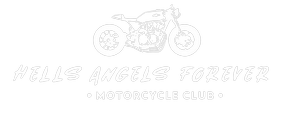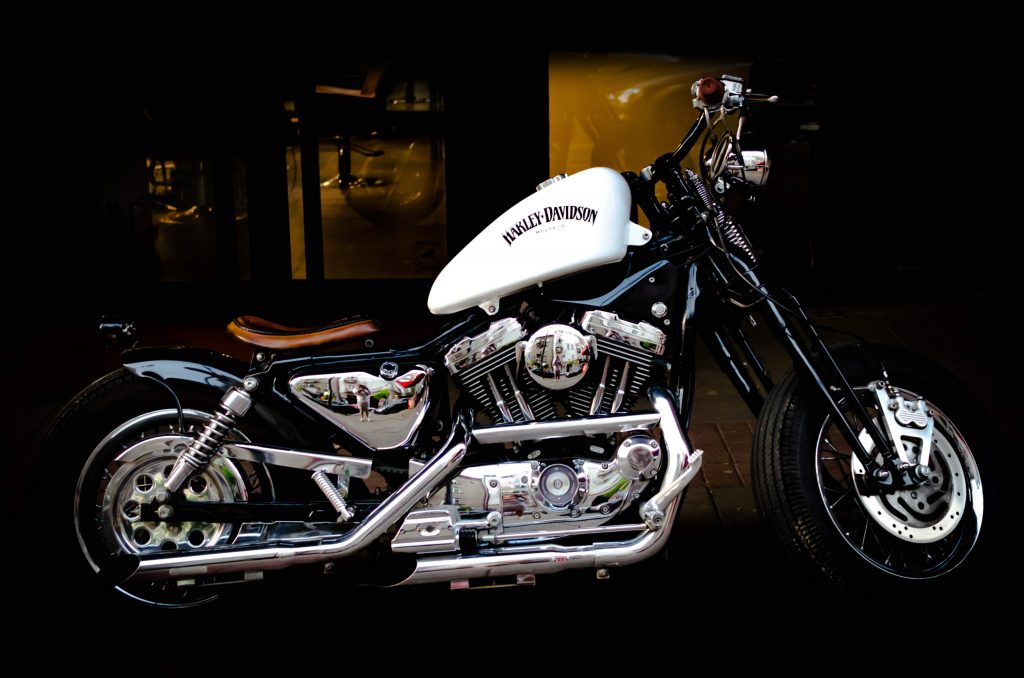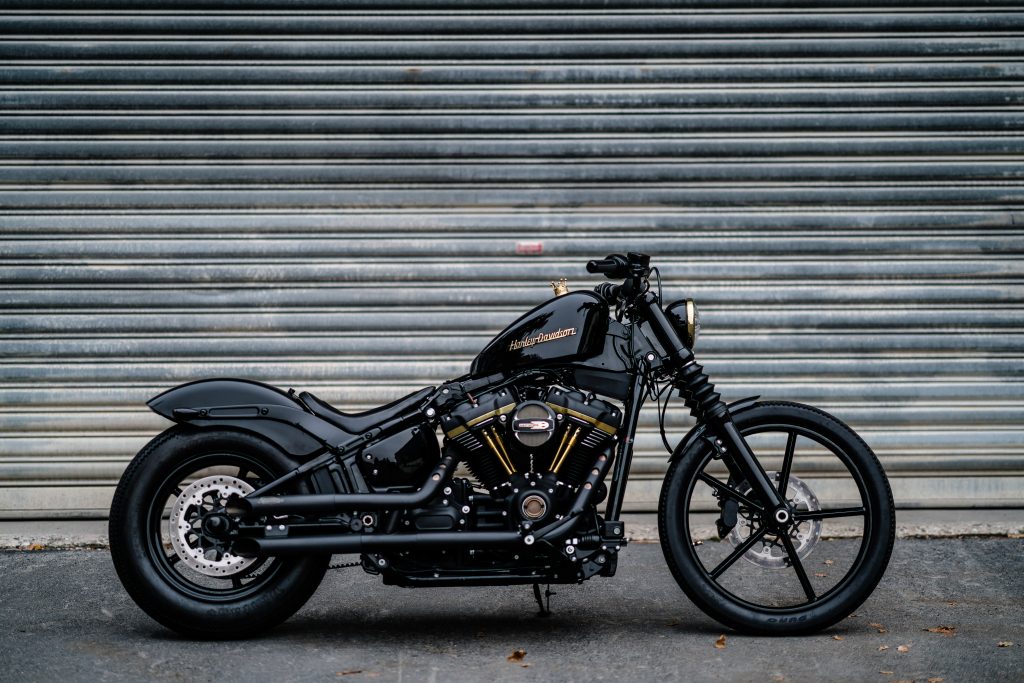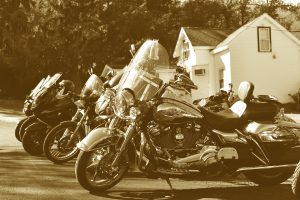The first ride will take place in 2022. Sportster S by Harley-Davidson
This year’s model of the Harley-Davidson Sportster is a strange mix of the modern and the retro.
Port Severn, Ontario – In the same way that the Liberals propose tax cuts, Harley-iconic Davidson’s Sportster gets a new engine every few years or so. According to displacement and evolutionary changes, Milwaukee has designated dozens of models as new over the past few decades. While it’s true that the K Series was powered by a side-valve for five years, the company’s mainstay since 1957 has been an overhead valve version, and now the Revolution T is powered by the first dramatically different Sportster in an eon (those 64 years of overhead valving).
This engine, of course, is well-known to everyone. Harley-all-new Davidson’s Pan America 1250 adventure tourer has already received universal praise. As a matter of fact, I’ve already stated that the Pan Am’s 60 degree V twin is my favorite engine in motorcycles. As a result, it may be necessary for me to modify my original statement.
My new favorite motorcycle engine is the Sportster S’s Revolution twin. Yes, I am aware of the lower output. On the other hand, according to Harley’s own numbers, the Pan America has a substantial 30-hp less than the Sportster S, which has 121 horsepower.
Harley-Davidson Sportster S in 2021 model year
I doubt Harley’s telling the truth. When the Pan AM was tested on Brooklin Cycle’s Dynojet Dynamometer earlier this summer, it churned out an impressive 131 horsepower. If the same driveline losses are used, the Sportster S should dyno out at 104, maybe 105 horspower.
It’s impossible for this motorcycle to have just 104 horsepower at the rear wheel! I’d say it’s a 108-hp car. 110 hp is more probable. Possibly even 112-hp But what about that 104? That is not possible.
In addition, the new Sportster S has a smoother power delivery than ever before, making it even more responsive. The (slight) wooliness of the Pan Am at idle has vanished. If anything, the mid-range of the already-grunty adventure bike is even stronger. In reality, the Sportster’s version of the Revolution V-twin — labeled “T” in the cruiser rather than “Max” in the tourer — only has any noticeable power deficit compared to the supposedly more with-it adventurer at 7,500 or 8,000 rpm.
Plus, it’s smoother.
As a bonus, it’s a lot more pleasant to use. What if you put the T version of the Pan America’s 1250 in there? Personally, I plan on purchasing an adventure bike in the near future and believe that the Sportster engine would be preferable to the Max. It’s true that just four months after I declared the Pan Am’s Revolution Max engine to be the best in motorcycling, I now nominate the Sportster’s T version.
All of the engine’s modes can be accessed through the control panel.
In this acquisition of Harley’s iconic symbol, there is a lot of high-tech stuff going on. Among other things, the engine has various modes (Rain/Road/Sport) that alter traction control, ABS, and throttle response. Cornering Enhanced Drag-Torque Slip Control prevents wheel lockup from over aggressive downshifting, and a tire pressure monitoring system is also included in the package. These electronic nannies are supposed to increase security, but because they blend in so well, it’s unlikely that anyone will ever notice them.
Pan Am’s 4-inch round cruiser-like instrument cluster is effectively the Pan Am’s infotainment system. It can be used to listen to music, make phone calls, and even use a Harley-created app for navigation if you have one installed. One minor issue is that some of the information—like odometer readings—are displayed in tiny, tiny digits that haven’t been seen since the mouse-copy legal warnings on prescription medicine labels. My vision has improved to 25/20 after having cataract surgery, but I still can’t read the tiny font without taking off my helmet and using a magnifying glass to see it. One of Harley’s advantages is that the S is the first Sportster to have cruise control, which is essentially the same system and buttons as the Pan America.
There’s also some cutting-edge technology in there.
In addition, the running gear includes some cutting-edge technology for Harley. But the inverted forks and piggyback single rear Showa shock are adjustable for preload, compression, and rebound damping, so the suspension is not electronically adjustable. Unfortunately, that’s the extent of Milwaukee’s embrace of all things retro, and the city’s traditional embrace of technology ends there.
For starters, the fork has 92 millimeters of travel, but the rear only has 37 millimeters. Yes, it’s 37 millimeters. Just a few millimeters short of being a hardtail. The lack of suspension travel on a production motorcycle is unprecedented in my 39 years of testing. As a result, the ride can be a bit rough when you hit potholes, despite the relatively high-quality components keeping things in check over small to medium bumps. On the other hand, if you see anything bumpier than a train track crossing, it’s probably best to stand up straight like you would in a motocross maneuver.
With the exception that the pegs are the typical Milwaukee-mandated foot-forward controls, another nod to Harley tradition. Do they have a mid-mount conversion kit? Yes, they do. All attempts to create a rational seating position have failed due to insufficient marketing and a lack of such bikes on the showroom floor in the past. There was no Mid Control Conversion Kit provided for us to test, so I expect the company’s promotion of the option to be as lax as it has been in the past.
Finally, as yet another nod to the cruiser aesthetic, the front tire size on the Sportster S is 160/70-16. A typo? Not at all. For the front tire, we have a 180/70-16; for the rear, we have a 180/70-16. Due to its heavy weight, it is difficult to control at low speeds. Even if the turns aren’t as precise as, say, a naked bike, once you get up to speed, the bike will still turn. Even though you’ll eventually make it around the hairpin, you’ll need to make numerous corrections to your steering while doing so.
In comparison to the old Milwaukee-Eight, the new Sportster’s engine is much more Ducati Testatretta-like.
In the end, I believe that the Sportster’s reception will be hampered by the Milwaukee traditionalisms. To begin, Harley says that the Fat Boy has the same front tire as his own motorcycle. Its new engine is, on the other hand, a lot more Ducati Testatretta than Milwaukee-Eight. Seating position and short wheel travel are the same. One-percenters may not mind such performance sacrifices, but I doubt the Sportster S’s silly front wheel will help it compete with other brands for sales.
Consequently, the key question is: What is the point of the Sportster? Is it meant to bring in new customers like the Pan American brand? Alternatively, could it be just a gimmick to attract traditionalists in order to boost sales of the Sportster? I believe it will pass the latter test, but will fail miserably on the first.
A tragedy indeed. In order to satisfy the die-hards, Harley could have simply reworked its current Sportster platform and built a street fighter with (now cancelled) Bronx running gear and Sportster S styling. Motorcycle enthusiasts would have gone crazy for that, and the Pan America would have attracted a similar crowd.
If Harley does surprise and it is working on a naked bike, then perhaps this is all part of a grander plan. In other words, if Milwaukee doesn’t plan to use Revolution beyond the Sportster S, what a waste of the best motorcycle engine on the market.





